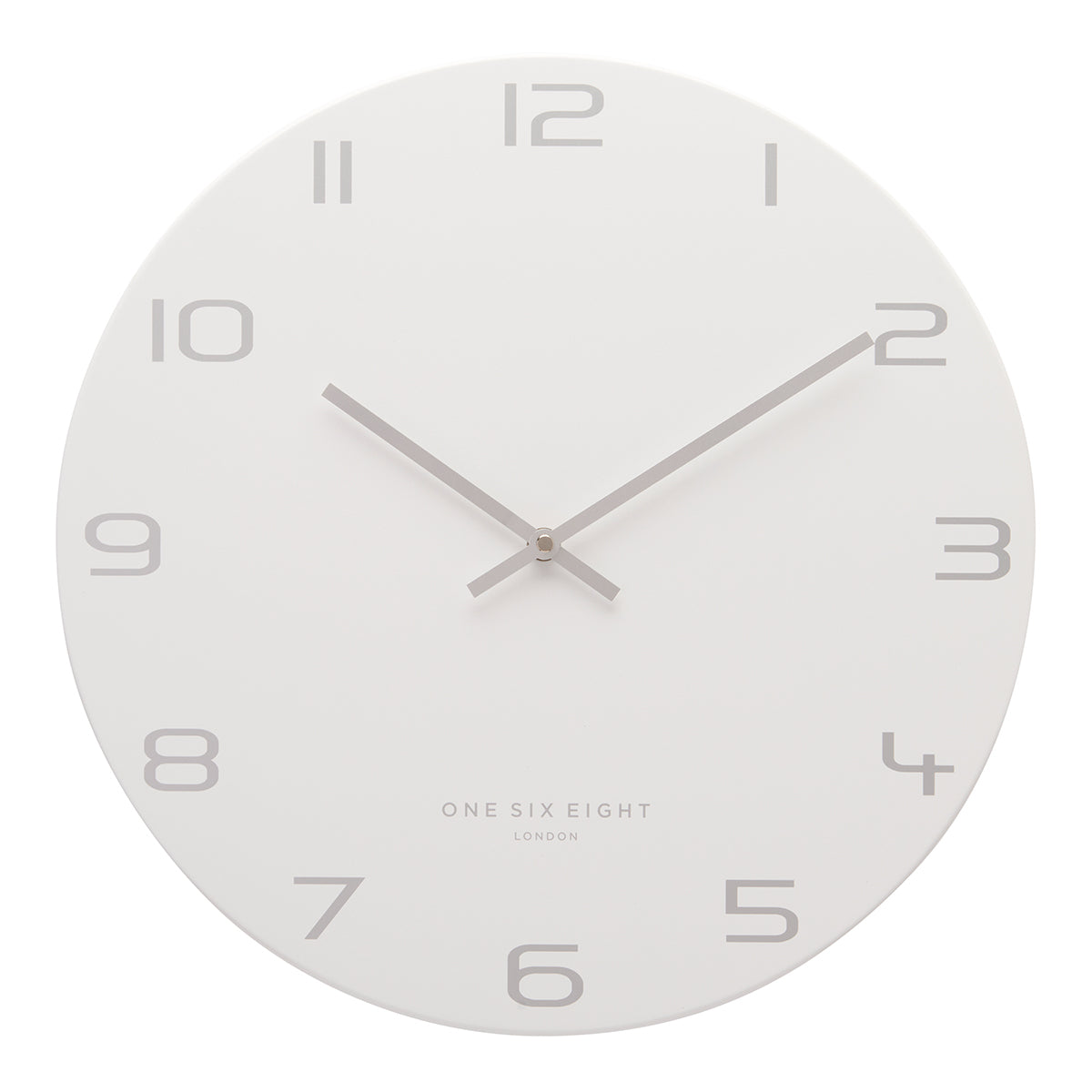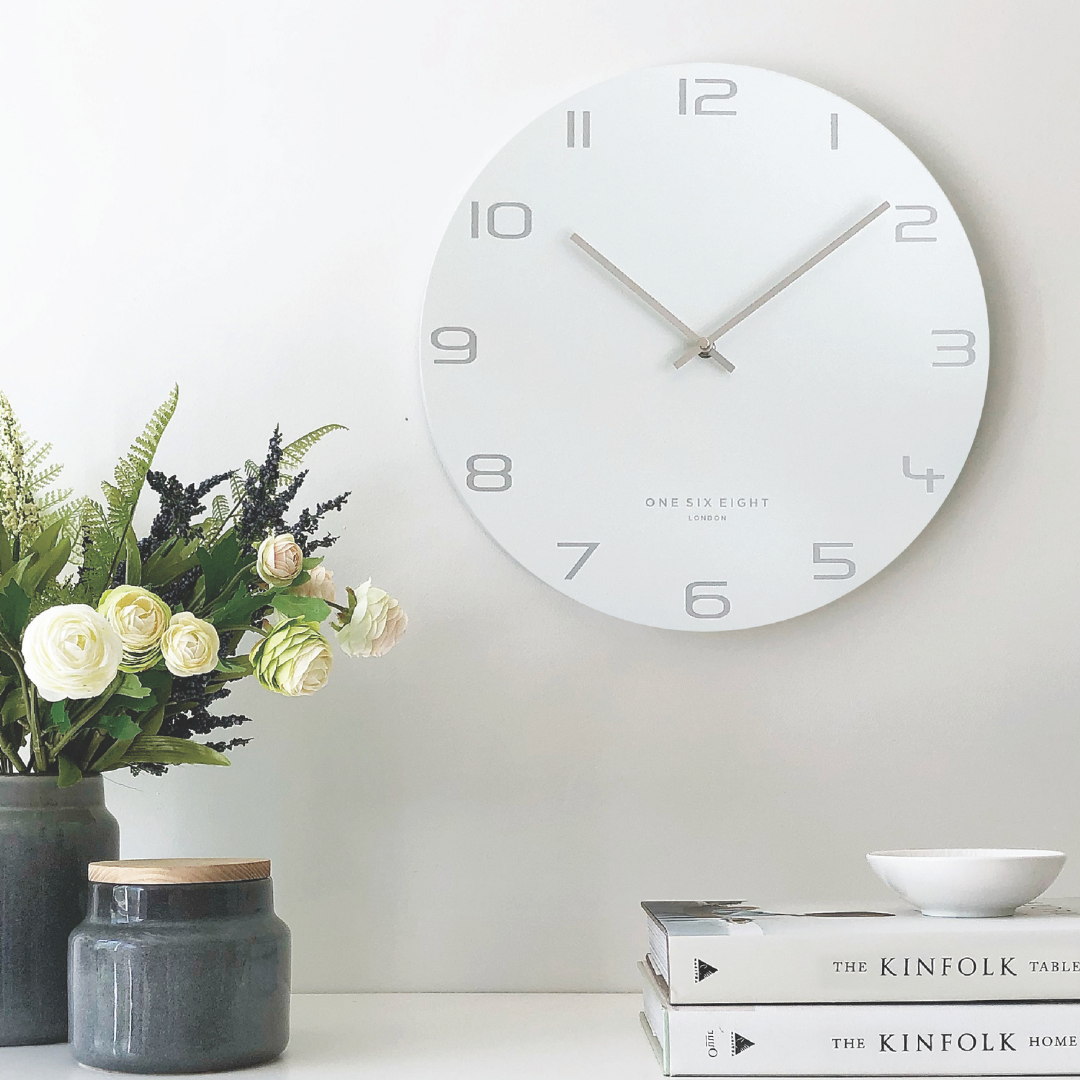Let’s talk clocks! These ingenious timepieces have quietly ticked their way into every corner of our daily lives. From the twin bell alarm clock that rattles us awake to the sleek, silent wall clock that glimmers in our kitchen while we sip our morning tea, clocks are the unsung rhythm-makers of our homes. And when it comes to choosing the perfect one, the debate of vintage wall clocks vs modern wall clocks is more relevant than ever.
And yet, they do more than just keep us on schedule. Clocks can be nostalgic, decorative, even poetic. They can reflect who we are, where we’ve come from, and the style we aspire to.
So, what really sets a vintage wall clock apart from a modern one? This question sits at the heart of the debate around vintage wall clocks vs modern wall clocks. Is it just aesthetics, or is there something deeper at play? Let's explore the design, function, and emotional pull of both, with a touch of storytelling and a keen eye for detail.
Design Differences in Vintage vs Modern Wall Clocks
Vintage Wall Clocks
Vintage wall clocks are time capsules in themselves. They often feature ornate detailing, rich textures, and classic materials like wood, brass, or wrought iron. Some come adorned with pendulums and chimes, nodding to an era where the passage of time was marked not just visually, but audibly—on the hour, and sometimes every quarter.
Think of the old church clocks that summoned congregations or the stately timepieces in large homes used to signal when servants should serve tea or turn down beds. These weren’t just clocks. They were central to the daily cadence of life, as purposeful as they were beautiful.
We may remember a grandfather’s hallway clock, lovingly polished and proudly displayed, or a Roman-numeral wall clock that chimed in our grandparents’ lounge. These clocks carried weight—emotionally, stylistically, and sometimes even literally.
Today, you might not need your clock to summon a household, but its charm still matters. Choosing a vintage-style clock is a way to honour the past, to evoke warmth, tradition, and even a hint of romance in a room.
Product
Modern Wall Clocks
Modern wall clocks, by contrast, are all about restraint and intention. They embrace minimalism, clean lines, and high-functioning design. Materials like glass, brushed metal, and matte plastic take centre stage, often in monochrome or high-contrast colour palettes.
Take the BIANCA 40cm Silent Wall Clock. With its frameless design and whisper-quiet movement, it strips away the unnecessary and celebrates simplicity. Or the ASTRID 40cm Charcoal Grey Silent Wall Clock, where gold or silver numerals hover over a deep, moody backdrop. These clocks don’t shout—they whisper sophistication.
And let’s not forget modern clocks' ability to double as art. A large clock can act as a statement piece, anchoring a wall or defining a space with elegance and clarity.

BIANCA 40cm Silent Wall Clock
Description
On-trend colour, a clean-cut dial and neat numbers - the simplicity of the Bianca wall clock is what makes it so striking. Made of pressed metal, it's a stylish wall clock that combines classic and contemporary design elements. It's also incredibly versatile, suiting both crisp minimalism and elegant feminine interior schemes. That white dial may seem subtle, but this clock is sure to be a stand-out accessory in any room.
Beautifully boxed in our bespoke One Six Eight London branded alongside our 5-year warranty leaflet, this clock will make a perfect addition your home or indeed a special gift for any occasion.
Pickup available at 78 Herald Street
Usually ready in 1 hour

BIANCA 40cm Silent Wall Clock
78 Herald Street
78 Herald Street
Cheltenham VIC 3192
Australia
Mechanisms: From Winding Gears to Smart Movements
Technology plays a major role in how clocks function, and here is where vintage and modern models really diverge.
Vintage clocks often rely on mechanical movements—wind-up mechanisms powered by weights or mainsprings, turning tiny gears and escapements in a marvel of human craftsmanship. These clocks don’t just tell time; they embody it, ticking with a rhythm that feels alive.
Modern clocks, especially those found at One Six Eight London, often use silent, battery-powered quartz movements for precision and ease. Some even integrate with smart home systems, offering alarms, timers, or syncing capabilities. These are tools built for a fast-paced world, where efficiency is paramount.
And yet, both types of mechanisms have their place. One is a tribute to the artistry of timekeeping; the other, a nod to its seamless integration into modern life.
Learn more about how quartz movements changed timekeeping on Wikipedia.
Cultural Significance: Status Symbol to Style Statement
Historically, clocks were luxury items. A large grandfather clock or a decorative mantelpiece was a sign of status, a treasured heirloom passed from one generation to the next. These clocks were cherished, protected, and even cosseted by their owners.
Today, the approach has shifted. We are more fast-paced, style-conscious, and open to evolving tastes. A clock might be swapped out to suit a seasonal refresh or a newly painted wall. But that doesn’t mean modern clocks are any less valued. In many ways, we use them more personally now—as reflections of our taste and mood.
As designers at One Six Eight London, we often look back to go forward. We find inspiration in both the intricacy of vintage designs and the clarity of modern ones. Sometimes, it’s the blending of the two that creates something truly special.
How to Choose the Right Clock for Your Home
1. Consider Your Interior Design Style
Are you surrounded by sleek furniture, clean lines, and a monochrome palette? Or is your home filled with rich textures, antique finishes, and warm tones?
- Modern clocks like the KATELYN Charcoal Grey 40cm Metal Wall Clock work beautifully in bright, airy spaces with minimal décor.
- Vintage clocks with Roman numerals and aged finishes pair perfectly with traditional or rustic interiors.
2. Think About Colour and Impact
Colour can be a powerful design tool. Use your clock to match or contrast your palette.
- A charcoal or navy clock adds weight and sophistication.
- A pastel or white piece brightens and opens up a space.
Matching your clock to wall paint or accessories can create a cohesive look, while contrast can add drama.
3. Make It a Conversation Piece
Some clocks are quiet companions; others steal the spotlight.
- Want a subtle presence? Go minimalist and frameless.
- Want to make a statement? Choose a large-format clock with bold numerals or unique textures.
Remember, a clock is not just a timekeeper—it’s a design decision.
Why We Love Designing Both
As designers, we love diving into the past to bring something fresh to the present. It’s not unusual for us to pore over antique clocks, noting their flourishes, shapes, and proportions, and then reinterpret them with modern materials and silent movements.
We might revisit an old Roman numeral layout and apply it to a contemporary clock face with a minimalist twist. That way, even if the old clock from Grandma’s house no longer fits your modern apartment, a reinvented version can still bring its spirit into your home.
There’s something profoundly satisfying about that blend: honouring tradition while embracing innovation. And it’s at the heart of what we do at One Six Eight London.
Product
Final Thoughts: Timeless Design, Personal Style
Essentially, a clock is a timepiece—but it’s also a storyteller. Whether you lean toward a silent, frameless piece of modern design or a chime-filled reminder of years gone by, your clock says something about how you live. That’s why the decision between vintage vs modern wall clocks is more than just decor—it’s a reflection of personal style and values.
Take your time choosing. Let nostalgia guide you. Let style inspire you. And know that whatever your preference, there is a perfect piece waiting to mark your minutes with elegance.
Shop Vintage and Modern Wall Clocks at One Six Eight London
Fast shipping, glowing reviews, and the perfect design to suit your home. Time to find your match.

